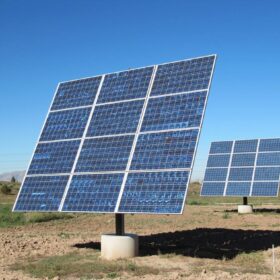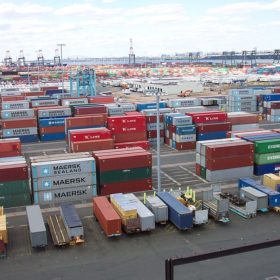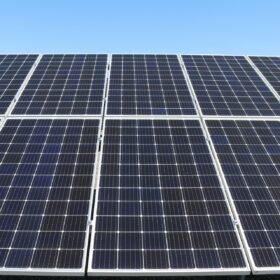Schneider Electric inaugurates climate smart villages in Jharkhand
Schneider Electric, in collaboration with non-governmental organization PRADAN, implemented 40 kW and 45 kW solar arrays with Internet of Things (IoT)-enabled smart power management systems in Sehal and Chatti villages of Jharkhand. This system ensures 100% capacity utilization of the solar panels by diverting power to different loads based on demand, benefitting the 110 families in the two villages.
Delhi’s peak power demand grew 3.8 times faster on hot and humid days than on moderate days in the last 12 months: IEEFA
Also, hot and humid days nearly doubled in the 12-month period till June 22, 2024 compared to the corresponding period in 2022-23, according to a new briefing note by the Institute for Energy Economics and Financial Analysis (IEEFA).
Understanding the evolving landscape of Corporate Sustainability Due Diligence Directive
The Corporate Sustainability Due Diligence Directive signals a new era of corporate responsibility, urging Indian businesses to embrace sustainable practices to thrive globally. This presents an opportunity to enhance competitiveness, attract global partners, and contribute to a more sustainable and resilient future.
Jakson Green to execute world’s first flue gas CO2 to 4G ethanol plant
The project at NTPC’s Lara super thermal power station will synthesize fourth-generation ethanol from carbon dioxide captured from waste flue gas and green hydrogen generated through electrolysis.
The interconnected impact of energy on real estate, industries and national development
Complete dependence on fossil fuel, which is a very volatile segment, can leave a country vulnerable to price fluctuations and geopolitical disputes. This is turn has a huge impact on the country’s economy as well. A prime example of which, can be seen with the current Ukraine- Russia crisis’s impact on the European countries rise in gas prices and subsequent economic turbulence.
Addressing the interconnected challenges of land degradation and climate change
By forging ahead with solar-powered land restoration initiatives, we can build resilient ecosystems, foster sustainable livelihoods and safeguard our planet for generations to come.
The role of renewable energy in achieving India’s net zero goals
The road to net-zero emissions in India doesn’t require herculean efforts. We can get there by wholeheartedly adopting renewables, investing in innovation and technology, and promoting public-private partnerships to build a better, cleaner, and more sustainable India for generations to come.
Climate-tech investment: Sustainable growth or looming bubble?
While the first quarter of 2024 has shown a significant and potentially transformative rise in climate-tech funding, the sustainability of this growth remains uncertain.
Navigating the future of hydrogen
Hydrogen, often lauded as a beacon of hope in the quest for a low-carbon future, stands at a pivotal crossroads. As the world grapples with the dual challenges of escalating energy demands and climate change, hydrogen presents a unique opportunity to harmonize industrial development with environmental stewardship. However, its path is fraught with complexities and obstacles that require careful navigation.
Gruner Renewable Energy secures compressed biogas projects worth INR 1,500 crore
Gruner Renewable Energy has secured multiple contracts for compressed biogas (CBG) plants with a cumulative production capacity of 88,000 tons per annum.














